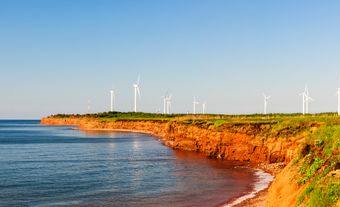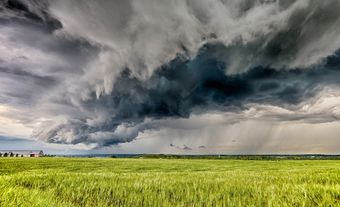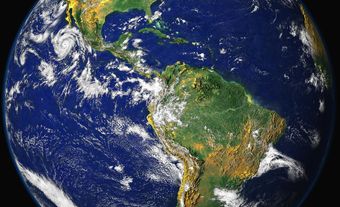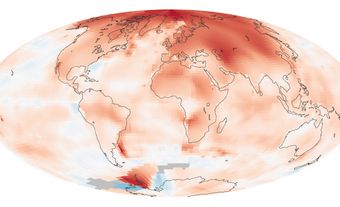Natural resources are aspects of the natural environment from which goods and services can be obtained and produced. They include air, sunlight, water, land, vegetation, animal life and geological resources. People can also value natural resources for their own sake or for their aesthetic qualities. Humans must manage natural resources to sustain the benefits they offer.
Canada is among the most resource-rich countries in the world. Its large and varied natural resources are essential to its economies and cultures. But there are ongoing debates about how to use, share and manage natural resources.
Click here for definitions of key terms used in this article.
This is the full-length entry about natural resources in Canada. For a plain-language summary, please see Natural Resources in Canada (Plain-Language Summary).

Types of Natural Resources
Non-Renewable Resources
When a resource takes longer than a human lifetime to renew (or doesn’t renew at all once used up) it is called “non-renewable.” One example is minerals, which can take millions of years to form. Additionally, once minerals are removed from the Earth and changed by industrial processes, they can’t be re-used. This is called “consumptive” use.
Soil is also non-renewable: a thin layer of soil can take hundreds of years to form. When managed well, soil can sustain the production of biomass — plant materials and animal waste with energy potential — for long periods (see Biomass Energy).
Oil, gas, coal and metal ores are additional examples of non-renewable resources because the natural processes that create them take millennia.
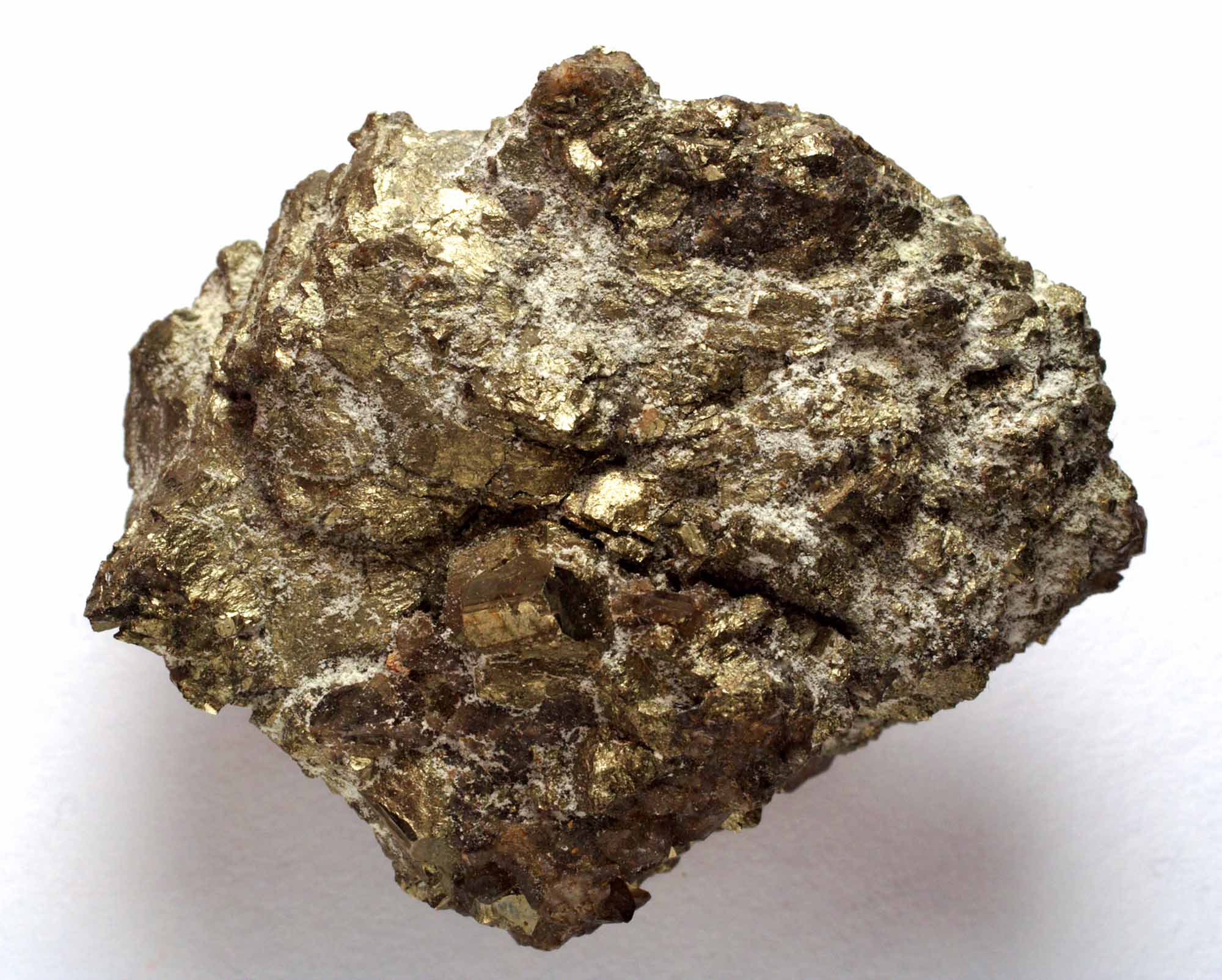
Because it is very expensive to extract non-renewable resources, people tend only to use them when the benefits outweigh the costs. For example, the benefits of oil (fuelling cars, heating homes and building materials) have long driven oil exploration and production in Canada.
Did you know?
Governments can encourage or discourage the use of resources by influencing their cost. For example, in 2019, the federal government launched a national carbon pricing plan. It aimed to reduce Canadians’ use of fossil fuels by making products like gasoline more expensive. The ultimate goal was to reduce the emission of greenhouse gases that contribute to climate change.
Using non-renewable resources involves long processes to locate, extract and sell products. Many geological and geophysical surveys may be needed to gather enough information about a resource. Companies also need suitable technology to produce and process the resource in marketable form. They must typically also perform an environmental impact assessment to decide whether benefits outweigh costs and negative impacts.
In recent years, many non-renewable resource projects have been controversial. Many Canadians are concerned about environmental damage, climate change, health and social hazards, and low financial returns to society (see Social Impact Assessment). Certain natural resource projects (e.g., the expansion of the Trans Mountain Pipeline that runs from Alberta to British Columbia) have produced tensions and legal battles between the Government of Canada and some Indigenous peoples, municipalities and environmental groups. Controversies also surround Canadian activities abroad. For example, gold mining in Guatemala by Canadian companies has led to violence and unrest for local and Indigenous people.
See also: Petroleum Industries.
Renewable Resources
Renewable resources are those that regenerate in months, years and decades or occur repeatedly (e.g., solar and wind energy). Water, plants and animals are generally considered renewable resources. But the renewability of some of these resources can be lost through changes in habitat (e.g., due to pollution or poor harvesting techniques). Additionally, plant and animal species can be harvested or hunted to the point of extinction.
Most renewable energy resources rely on atmospheric processes. Because temperature, wind, precipitation and cloud cover vary, energy resources do not always renew to their full potential. For example, solar energy (from the sun’s radiation) is renewable because the sun rises and sets daily in most places on Earth. But direct solar radiation is available only intermittently between night and day, clouds and clear sky. There is a similar challenge to harvesting wind energy, as wind blows only intermittently.
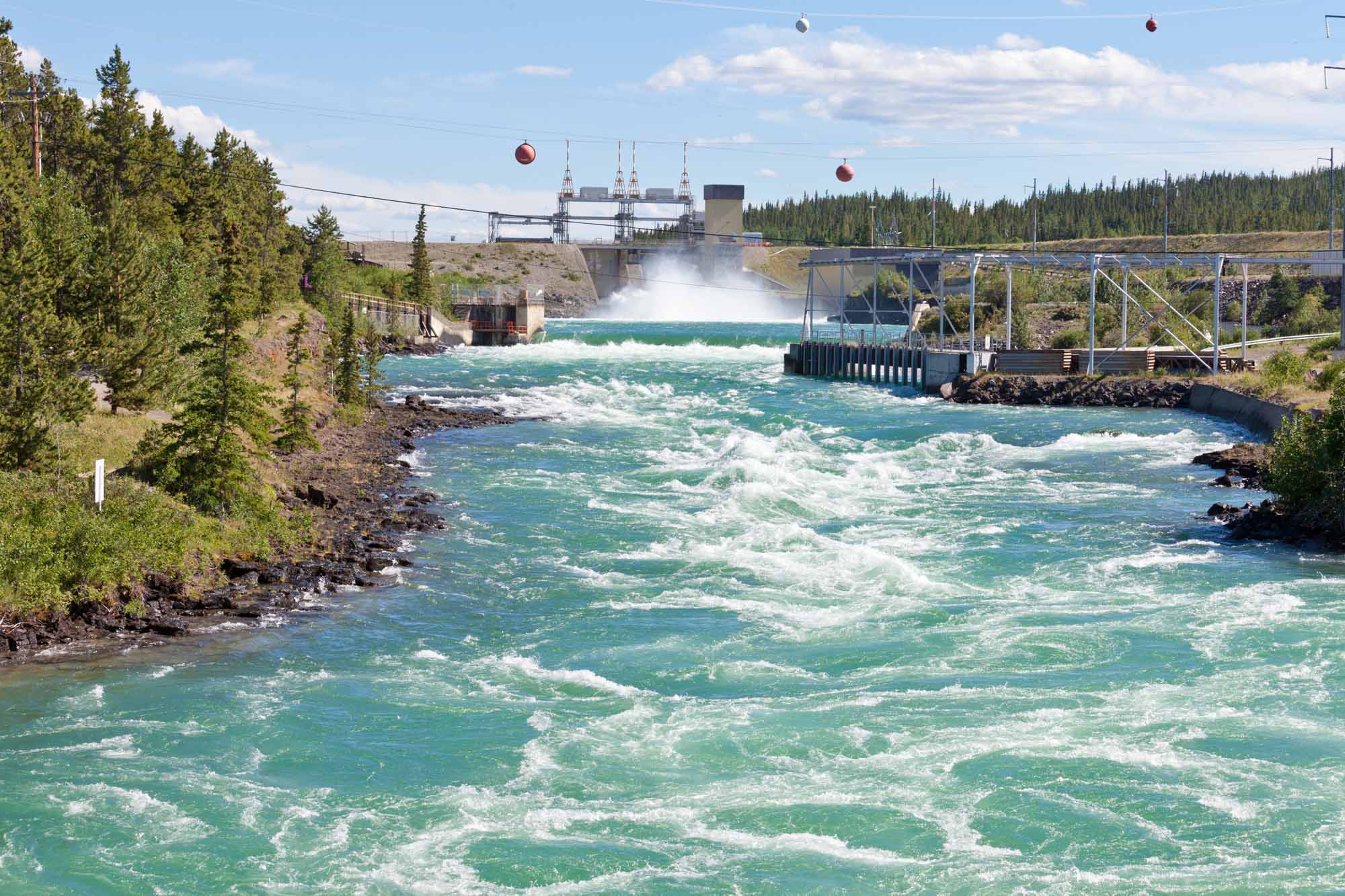
The great advantage of renewable resources is that they can yield continual benefits:
- aesthetic qualities and ecosystem services (e.g., fresh forest air and water purification);
- economic benefits (e.g., supplying the timber trade);
- recreational activities (e.g., camping);
- medicinal benefits (e.g., the production of spruce balm and Labrador tea among some Dene people);
- socio-cultural practices (e.g., the role of hunting, trapping and gathering in Indigenous food systems).
See also: Forest Harvesting; Biomass Energy; Geothermal Energy; Hydroelectricity; Ocean Wave Energy; Tidal Energy; Use of Plants among Indigenous Peoples in Canada; Indigenous Peoples’ Medicine in Canada.
Human Relationship to Natural Resources
Humans have many uses for natural resources, including the production of commodities (e.g., fuel, timber and metals). Our use of natural resources can speed up changes in the environment, but we can also adapt our activities to address environmental changes. Our decisions can cause natural resources to change, increase and decrease over time (see also Biogeography). For example, the decision to protect a forest with a national park removes that forest from the supply of available timber while maintaining the forest for other uses.

The economies of some human societies depend very heavily on non-renewable natural resources, while others (e.g., subsistence economies) are more focused on renewable resources. Our use of a resource depends on what we know about its potential (i.e., how we could use it) and its availability (how much of it exists and how accessible it is).
Some resources, such as farmland, are privately owned by individuals or companies. Others, such as forests, minerals and water, are owned by governments, who grant licences and permits for their use. “Common property resources” are those shared by many and not owned at all (e.g., fish, wildlife and atmospheric elements). Some people think that common property resources will quickly degrade or deplete as each user tries to benefit as much as possible from them. But others, including many Indigenous peoples, argue that common property resources are sustainable as long as everyone responsibly looks after them.
Relationships to natural resources often differ between political, religious, geographical and cultural groups. This can lead to conflicts. In Canada, as in many other countries, debates between economic and environmental concerns have led to protests, political movements and legal cases. For example, coal mining may create job opportunities, but the emissions from burning coal have been linked to climate change and health problems. Such debates also emerge when Indigenous peoples claim rights to natural resources and title to land that corporations, governments or individuals want to use, too (see Indigenous Territory).

Management of Renewable Resources
To remain sustainable, renewable resources must be managed. This process requires knowledge of life cycles, controlled harvesting, responsible use and habitat protection. For example, scientists must research the size, life cycle and movement of fish in the ocean. Because fish are mobile and regarded as common property, catch limits and conservation measures help the stock restore itself.
Poor management can make a renewable resource non-renewable or create the need for rehabilitation. For example, in British Columbia, First Nations people and the fishing industry depend on salmon. But salmon are currently endangered in the province because of overfishing and other environmental factors. Scientists, activists and resource users are taking measures to restore salmon populations.
Controlling the use and management of mobile resources such as fish, wildlife and air is complicated. These resources may cross national and provincial borders or move into grey zones such as oceans. Additionally, conflicts result from differences in management and conservation practices based on whether people view a resource’s status as safe or endangered.
Resource Management Practices in Canada
Resource management is the act of caring for a resource effectively. It consists of the philosophies, sciences, laws and regulations by which people and the natural environment interact. While many different resource management practices exist, all recognize the responsibility of human beings to maintain natural resources.
Natural resource management generally refers to a continually changing process rather than a fixed system. It often involves many parties and is tied to constantly changing factors like laws and environmental conditions. Adaptive strategies are therefore an important part of management.

Under the Canadian Constitution, provinces and territories are mostly responsible for natural resource management (see Natural Resource Transfer Acts 1930). While each jurisdiction has slightly different laws, many common principles of resource management apply, including:
- conservation through parks and protected areas;
- provincial hunting and trapping programs;
- banning the sale of wildlife species.
Resource managers must often balance biodiversity and ecosystem conservation with economic interests. These include tourism, industrial projects and other uses of land.
See also Environmental Law; Wildlife Conservation and Management; Department of Natural Resources.
Indigenous Resource Management Practices
Principles of use, equal access, preservation and sustainability have existed in Indigenous societies from time immemorial. Indigenous peoples’ stewardship practices are numerous and diverse, reflecting the particular resources of a given landscape as well as the culture on that landscape (see Indigenous Cultural Landscape).
For example, the Anishinaabeg in Manitoba have practised sustainable resource management for thousands of years. From generation to generation, they have passed down principles orally or through practical training. The Anishinaabeg continue to maintain them today, but many of these principles are now written down in land-use plans and laws. They’re also used in combination with technologies such as satellite imaging, drones and scientific evidence. (See also Pimachiowin Aki.)
Indigenous peoples’ sustainable practices have influenced resource management in Canada. In some places, Indigenous communities work with governments to maintain the health and productivity of natural resources. This is because many Indigenous communities continue to rely on their local ecosystems for hunting, trapping, fishing, gathering and craft-making. In British Columbia, for example, the Lheidli T’enneh, a Dakelh First Nation, co-manage the Ancient Forest/Chun T’oh Whudujut Park and Protected Area with university researchers and BC Parks scientists.
Some communities also partner with industry to make a living off natural resources. For example, four Cree First Nations in northern Manitoba have partnered with Manitoba Hydro on electricity-generating dams on the lower Nelson River. The Keeyask Generating Station project uses Cree traditional knowledge to minimize its impact on lake sturgeon and other species.
Challenges
Canada is among the most resource-rich countries in the world. This is a major national advantage economically and culturally. But Canadians face several challenges if they are to continue to benefit from their large and varied resource base.
The most accessible and highest-quality resources have been heavily used. The best agricultural lands have been cultivated for many decades. The most accessible oil fields have passed their peak output. Consequently, maintaining the productivity of the land and finding new supplies of oil have become priorities.

Maintaining the productivity of renewable resources requires sustainable management practices focused on regeneration. A positive example of this is Canada’s forest harvesting industry, which now operates sustainably. Forest stocks that were depleted in the first half of the 20th century have been restored. Maintaining non-renewable resources requires ongoing exploration and new technologies to increase the efficiency of resource extraction and use. New technologies can also enable work in relatively inaccessible, often sensitive environments.
Another challenge is the strain that population growth and many potential uses put on resources, particularly near urban centres. For example, an area of forest may have logging or mining potential, or it may be suitable for a park or wildlife preserve. An area of farmland near an urban centre could be developed for an airport or housing. In many areas, natural resources are located on Indigenous traditional territory, obliging resource users to respect Indigenous rights. In British Columbia in particular, where most of the province is under land claims, conflicts over natural resources continue.
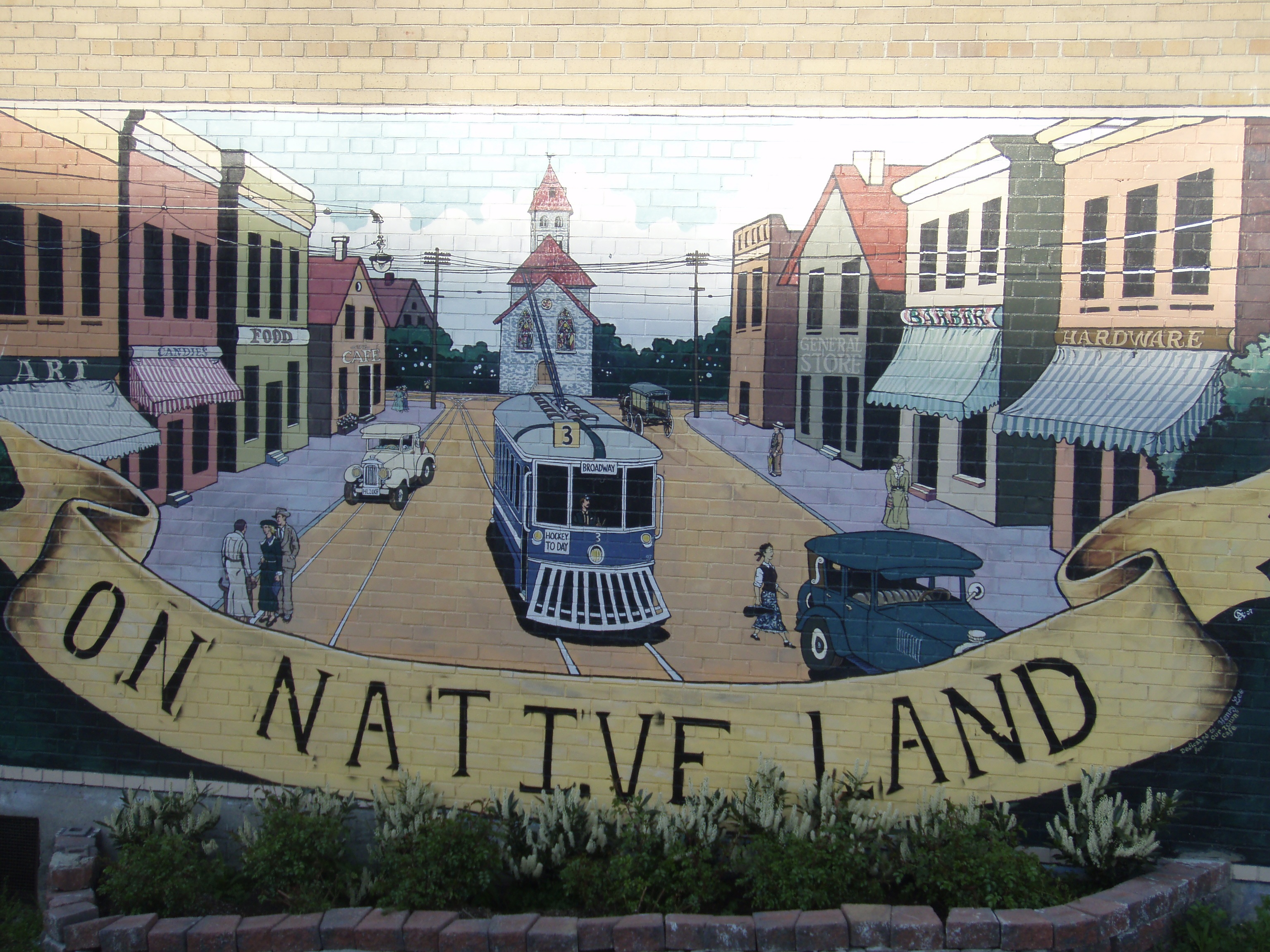
Canada’s economic growth relies on foreign investment and access to export markets for its resources. To contribute substantially to the economy, Canadian resources must be competitive on the world market in terms of price, quality and reliability of supply. Some aspects of export marketing, such as transportation, must therefore be highly efficient. Transportation of oil and gas has been a challenge in recent years, with opposition to new pipelines and tanker traffic from various communities and political parties.
Natural resources are central to debates about climate change action and reconciliation with Indigenous peoples. The contribution of fossil fuel emissions to global warming has led to political division over oil sands development, pipelines and renewable energy projects. Political and legal issues also surround the duty to consult Indigenous communities on resource extraction in their traditional territories, the concept of “free, prior and informed consent” and the division of profits from such activities.

 Share on Facebook
Share on Facebook Share on X
Share on X Share by Email
Share by Email Share on Google Classroom
Share on Google Classroom
